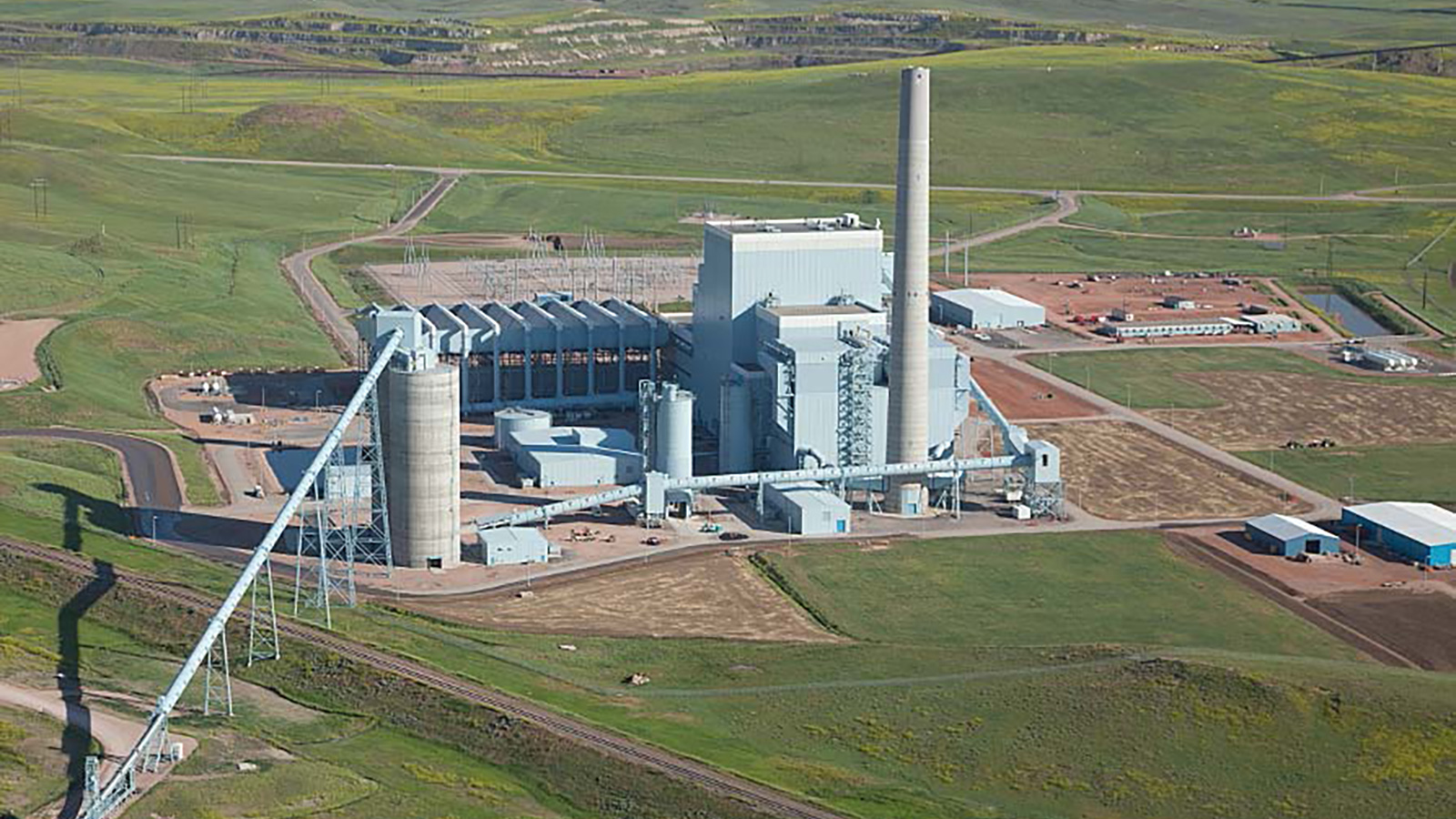Mining Association Skeptical Of Study That Says Only 1 Coal Plant In U.S. Operates Cheaper Than Wind/Solar

By Kevin Killough
January 31, 2023 - A new study has found that the Dry Fork Station power plant near Gillette is the only coal plant of 210 in the United States that operates cheaper than replacing it with new wind and solar plants.
That’s after factoring in all the tax credits renewable energy gets from the Inflation Reduction Act (IRA).

Dryfork Station, Babock & Wilcox
Grain Of Salt
The study by Energy Innovation, a climate policy think tank, relies on levelized costs of energy (LCOE) for its comparisons, which doesn’t factor in costs associated with the intermittency of wind and solar, according to the Energy Information Administration (EIA).
The EIA’s Annual Energy Outlook shows that direct comparisons of technologies using LCEO is “problematic and misleading as a method to assess the economic competitiveness of various generation alternatives.”
Travis Deti, executive director of the Wyoming Mining Association, told Cowboy State Daily that people should be skeptical of renewable energy studies that don’t factor in the costs of maintaining reliability on the grid.
“When you do studies like that, you have to take them with a grain of salt,” Deti said.
Energy Innovation performed the same studies in 2019 and 2021 using LCOE figures and tax credits as they were prior to the passage of the IRA.
In 2019, the number of coal plants that were cheaper to operate than replacement with wind and solar facilities, according to the study’s methodology, was closer to 70%.
“Sure, you can make it look affordable on paper when you’re factoring all the taxpayer dollars that are going to prop up the wind and solar industry, but it doesn’t solve the reliability question,” Deti said. “And the fact is, wind and solar just aren’t reliable.”
Inflation And Losses
The study also didn’t examine the cost of inflation a massive buildout of wind and solar can do to increase demand on the supply of raw materials and manufactured parts.
The Wall Street Journal reported last week that because of supply-chain issues and long waits associated with permitting transmission lines, new wind installations dropped nearly 78% in the third quarter of 2022 compared to the same period in 2021. Utility-scale solar installations fell an estimated 40% in the same period.
Wind turbine manufacturer GE Renewable Energy posted a $2.2 billion loss for 2022. Siemens Gamesa, the world’s largest manufacturer of offshore turbines, lost nearly $1 billion in 2022. Vesta, one of the top suppliers of onshore turbines, posted a loss of $1 billion in the first nine months of 2022.
All the manufactures pointed to inflation as one of the key factors in the outcomes.
State Of The Art
The 483-megawatt Dry Fork Station is the newest coal plant in the entire U.S. fleet.
According to Basin Electric Power Cooperative, which owns the state-of-art facility, it was built for $1.35 billion and began operations in 2011. It’s supplied with coal from the neighboring Dry Fork Mine.
The station uses pulverized coal technology, which is the latest generation of pollution control technologies resulting in lower emissions.
All its modern efficiencies and pollution controls make it competitive even against the production tax credit (PTC) and investment tax credit (ITC), according to the study. The PTC had expired and the ITC was being phased out, but the IRA extended these tax credits to 2032 or until electric sector greenhouse gas emissions fall 75% below 2022, whichever comes later.
Andy Buntrock, vice-president strategic planning and communications for Basin Electric, said the company couldn’t speak to the validity of the data in the Energy Innovation report, but Dry Fork Station is a valued asset to the member-owned generation and transmission cooperative.
“Dry Fork Station is part of our all-of-the-above energy strategy that ensures affordable, reliable and responsible power to our members,” Buntrock told Cowboy State Daily.
Buntrock said the plant benefits from its proximity to the coal source.
“It is a mine-mouth facility, which helps ensure fuel price stability of the unit, keeping costs down,” Buntrock said.
The station also where the Wyoming Integrated Test Center and the Wyoming CarbonSAFE project are located, which are research facilities developing carbon capture technology.

